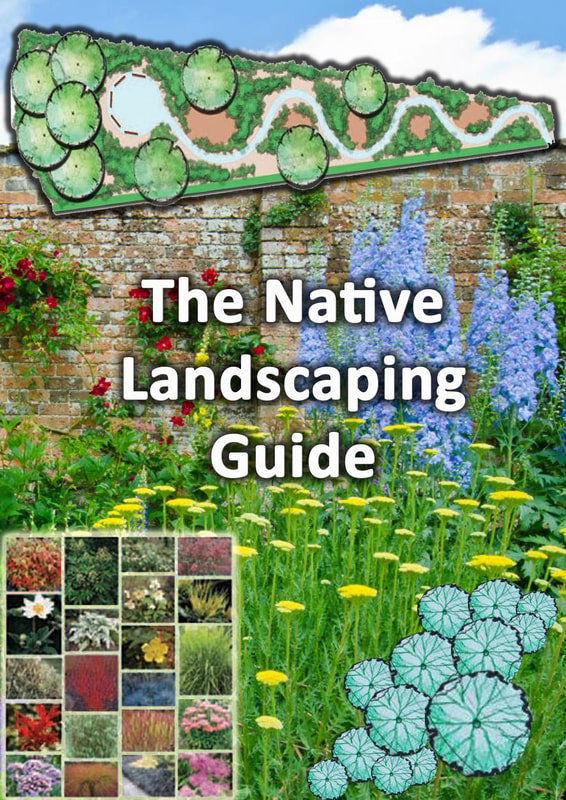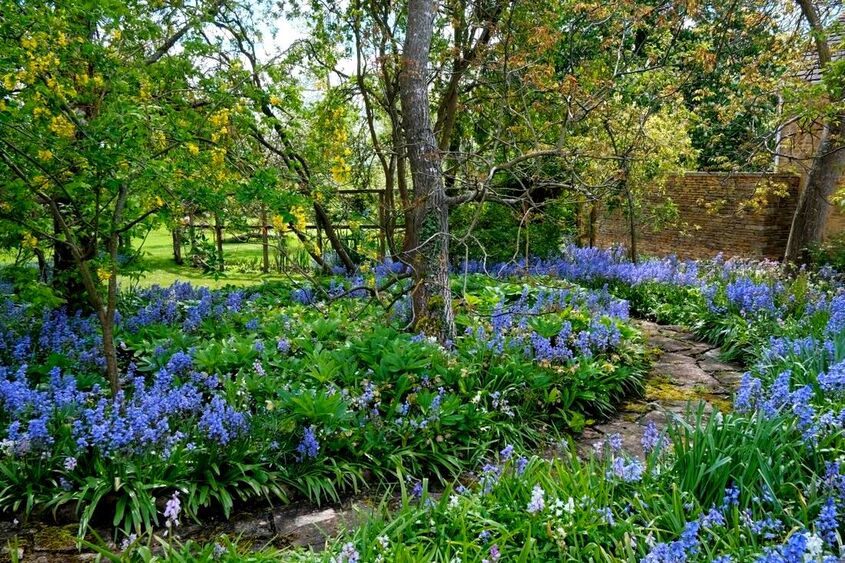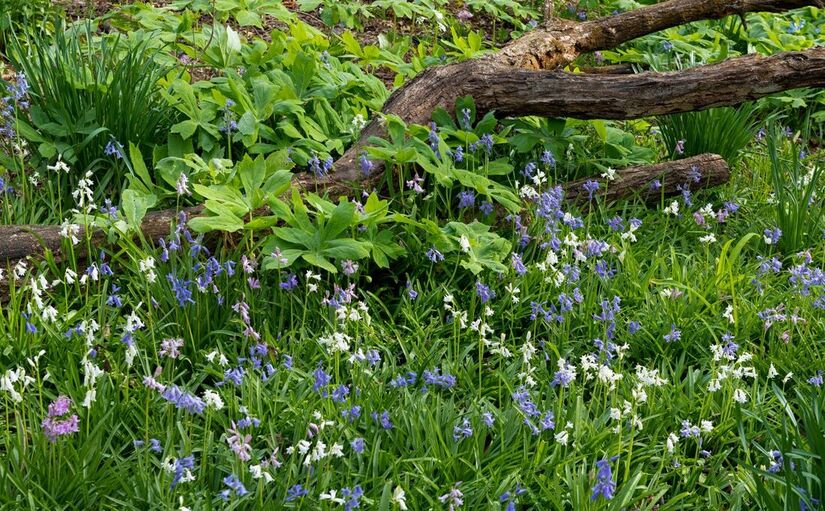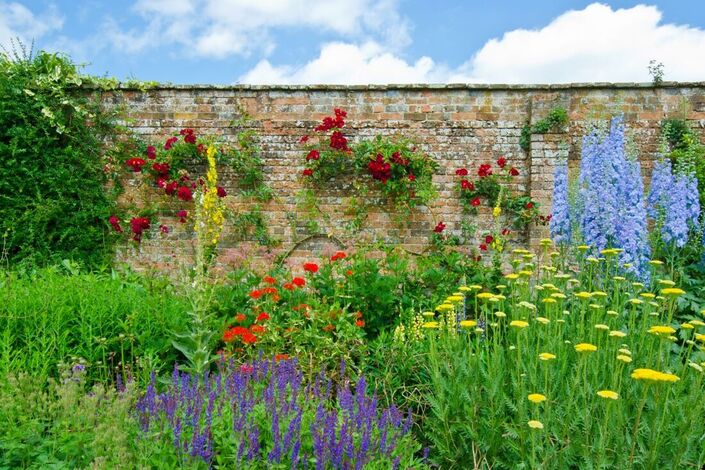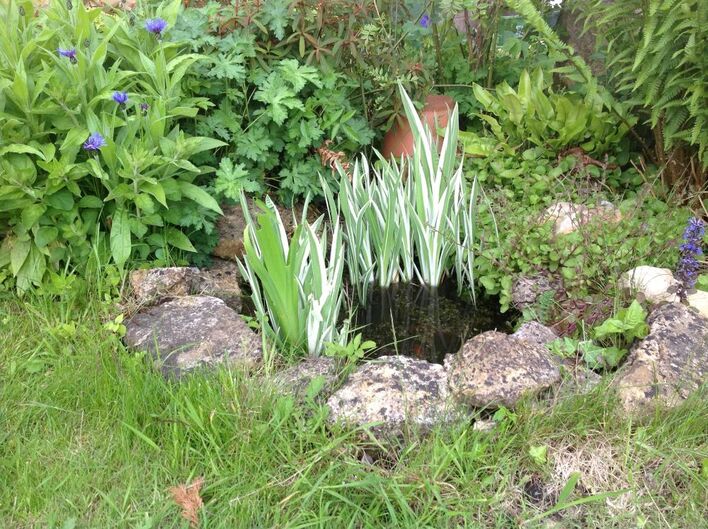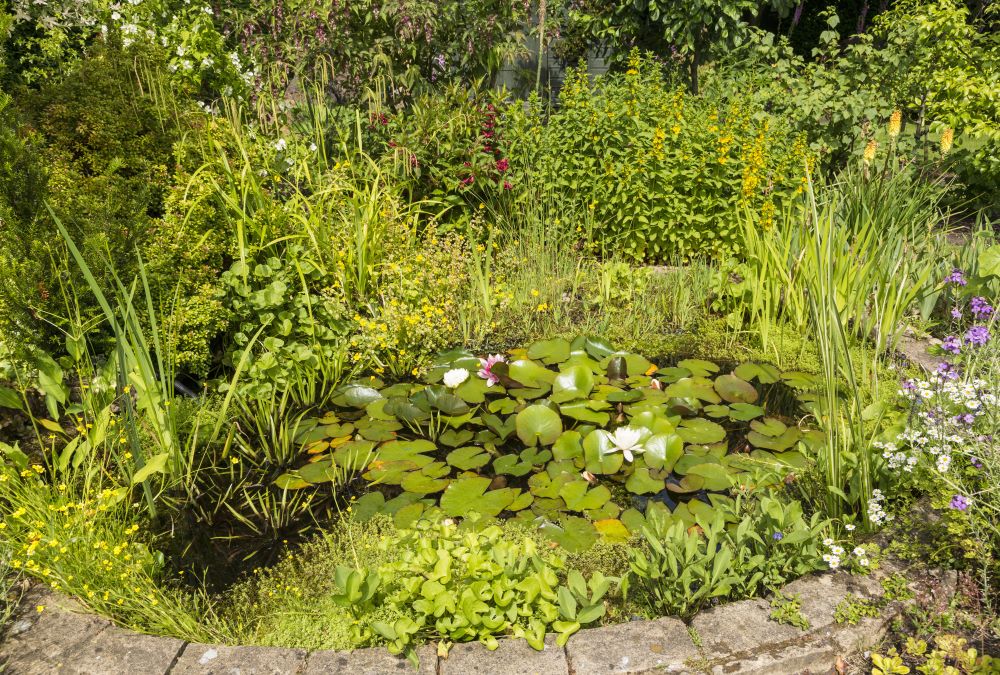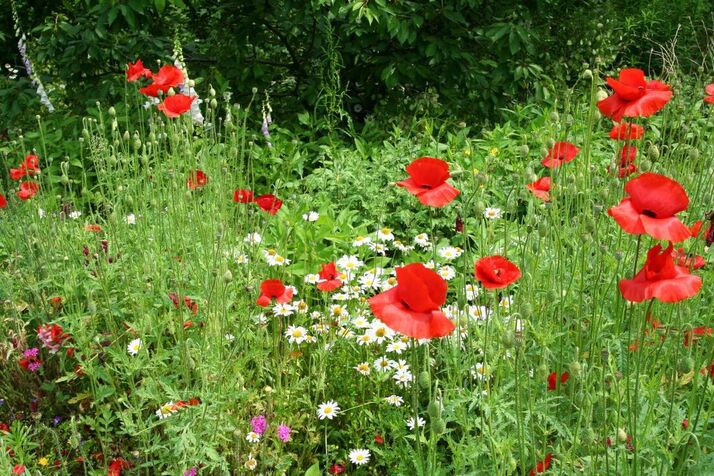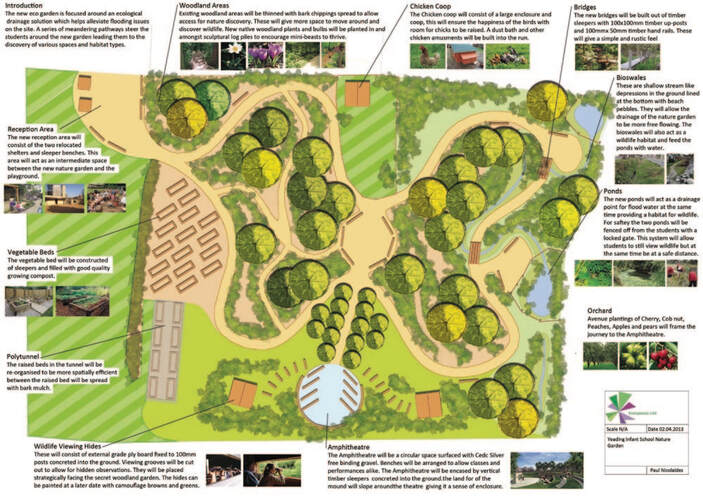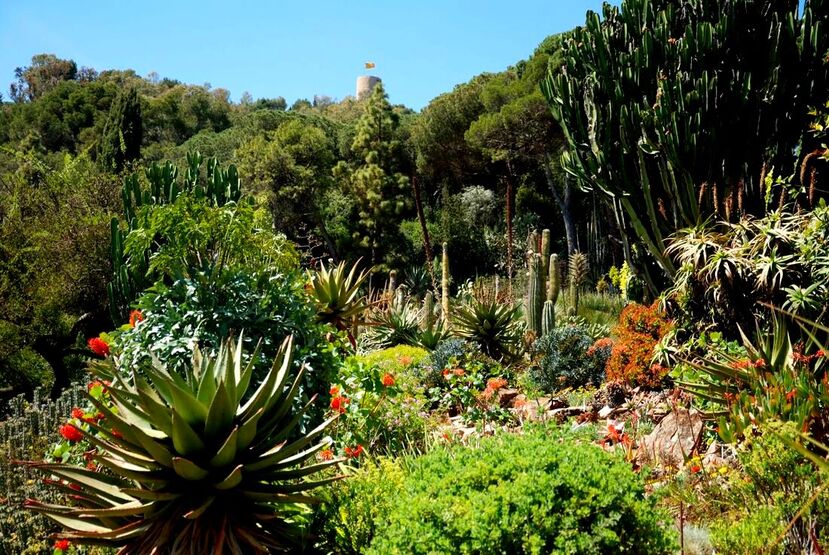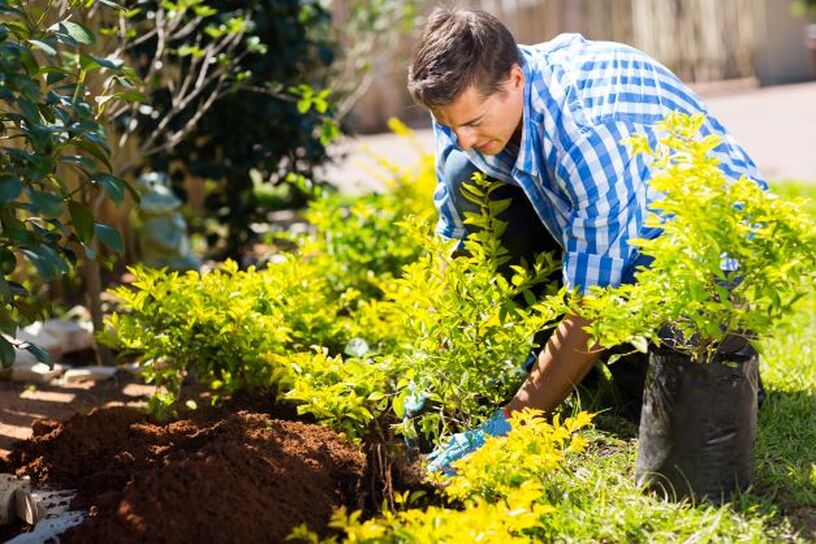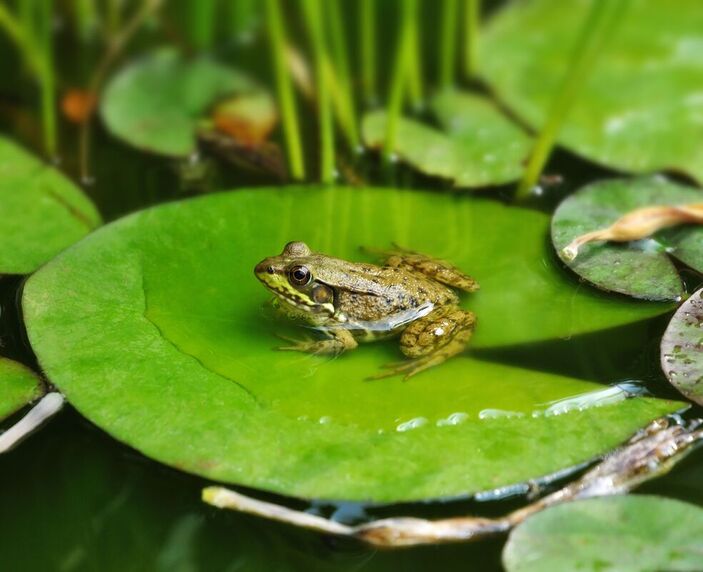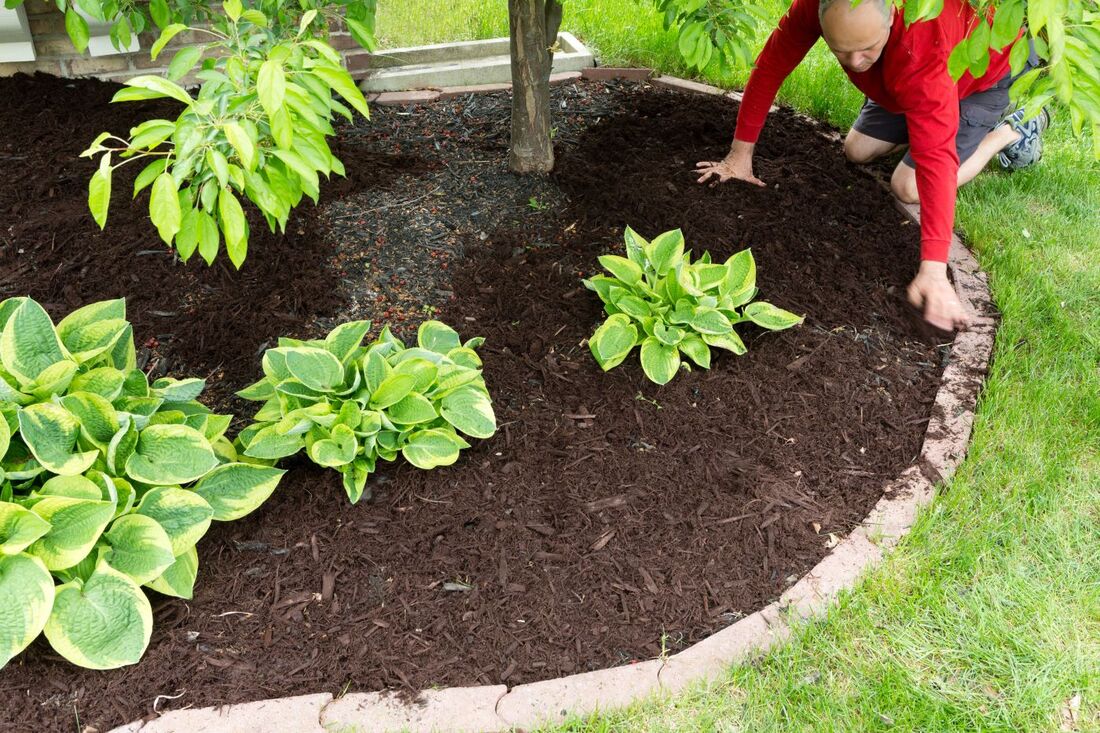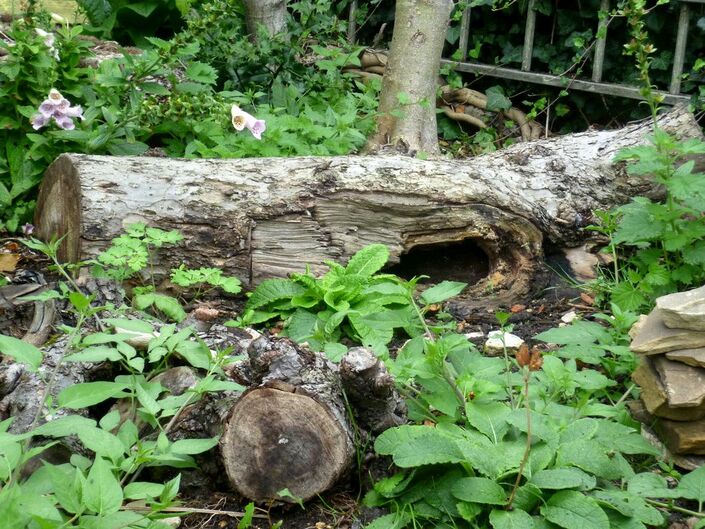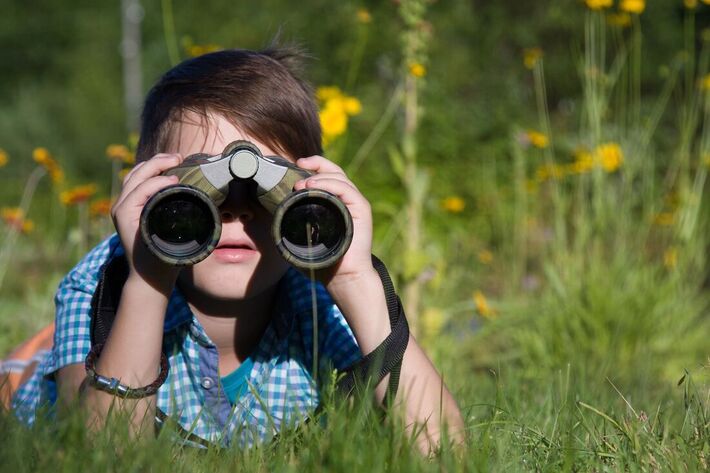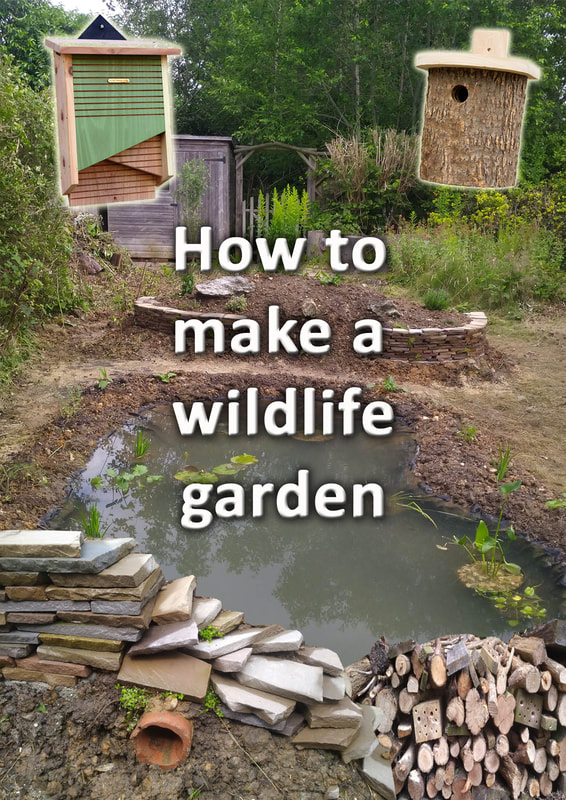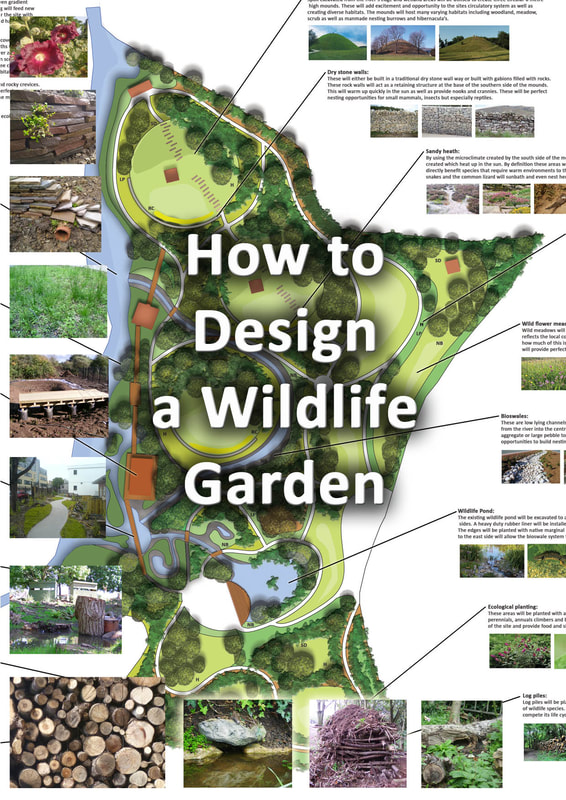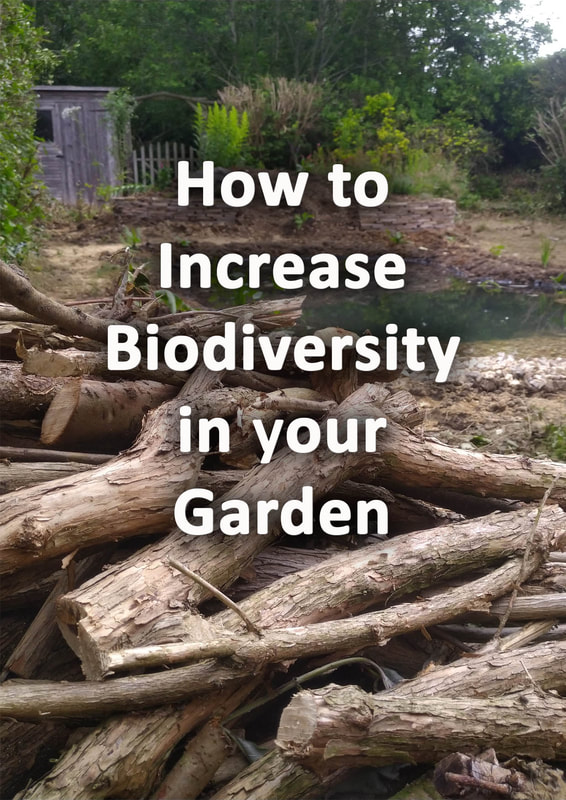|
Native landscaping, also known as natural landscaping, is becoming an ever popular concept within landscaping and gardening.
With a heightened awareness of environmental challenges many seek to regenerate natural landscapes historically altered by man. Past decades have brought a greater understanding of the vital interrelationships between landscapes and the organisms which live in them. Ecological systems which have taken millennia to evolve have kept food webs and landscapes healthy. However, these delicate interrelationships have been drastically altered and even eliminated entirely within a couple of centuries. Since the industrial revolution, mass habitat destruction and excessive combustion emissions has led to worrying warning signs.
There is a growing understanding that reversing such damage will depend upon repairing mistakes of the past.
This will directly involve regenerating natural landscapes, wildlife habitats and ecological systems. Native landscaping very much brings this concept to life! Native and natural landscaping holds the first steps to solving the ecological crisis of the modern age. In this article I will explain what native landscaping is and what its benefits are. What is native landscaping?
Native landscaping is the creation of landscapes which implement naturally occurring landscapes and flora of a given region. This includes native plants as well as historical, geological and even micro-climatic elements of a given area. The objective of native landscaping is to replicate native landscape types and naturally occurring ecological systems. This consequently propagates self sustaining plant communities and food webs. Native landscapes therefore are more resilient and once established requiring almost no maintenance.
This means they require less energy input, irrigation, pest control and cost to maintain. With an increased level of fauna and fauna native landscapes store more carbon and reduce herbicide and pesticide use.
Does native landscaping look nice?As with most Aesthetic admiration, what looks nice normally depends upon personal pre-conceived favourability, social ideals and learned behaviour. In the 17th century, wealthy Europeans loved formal landscaping with tightly clipped hedges and lawns. Such precise management of nature signified power and dominance over the natural world. It is no surprise Human civilisation spent the next three centuries decimating wild animal populations and natural habitats. Today however, such historical gardens are still admired for their order, geometry and beauty. It is recognised that many also find naturalistic landscapes beautiful. This can be seen with the popularity of dense forests, nature reserves and wetlands. Native landscaping may not cater for any one type of aesthetic garden design. However anyone who has an appreciation of natural ecology will think native and natural landscaping will look desirable. In the way some think wild meadows look fantastic while others think they look messy and unkempt. It is also important to remember native landscaping will look much different depending upon where in the world you live. If you live in Southern California your native garden may look more like an arid desert. However, if you are in Northern Europe you may have groups of small trees, meadows and dense, herbaceous, planting. It is important to remember there are many different ecological niches within whole countries or regions. For example, the mountains of Scotland will have different plant communities than Coastal England. Even smaller regions can have very diverse native fauna and flora depending upon local topography, geology and hydrology. Therefore, variations in native landscaping are not limited to a specific countries boundaries. This actually provides a huge range of landscape design potential for native landscaping.
Well designed native landscaping will incorporate the best plant range for a particular site and soil type. It will also mix various planting and hard landscaping elements to make the design look as stunning as possible.
Native landscaping is not to simply to be desired from a solely aesthetic point of view. Such gardens are to be valued as living ecosystems and apart of the wider landscape. Native landscape schemes are also places to reconnect with nature and study local flora and fauna. Their beauty is derived from both an aesthetic and educational point of view. Why create a native landscape?
Native landscaping can be one of the best things you can do for the environment. Native landscape types and plants local to your area can help support natural ecosystems. This leads to a healthier environment with less pests and increased carbon sequestering from the atmosphere. This helps to improve air quality and reduce toxification of our atmosphere and climate change Native landscaping can also encourage the potential for wildlife habitat. This can add value to the landscape and encourage recreational pursuits and nature study.
Native landscaping is more resilient to local climatic variations and requires less maintenance. This leads to less intensive energy input and costly maintenance regimes.
If designed well native landscapes can also look beautiful becoming a celebration of local landscape types and native flora. This can add an educational and cultural significance to outdoor spaces celebrating local and natural history. What are the benefits of native plants?
Native plants to a given region are far more adaptable to their surroundings and climatic conditions. Natives require less care, maintenance and water than plants not native to a specific region. Furthermore, native plants are much more likely to support local wildlife. This is because native fauna and flora have evolved together other many millennia. In some cases specific creatures will rely upon just a single plant species for food. How to design a native garden
When designing a native garden you will go through the same problem solving process of any other landscape design. Think about how you want people to use and move around the space first. This will enable you to design a basic structure. Then you will have to identify what natural or native landscape your site is best suited too. Ask yourself the question, what kind of natural landscape would have existed here 8 thousand years ago? If it was broadleaf woodland you may wish to create a nativewoodland garden. Or you may wish to grow shade loving herbaceous flowering plants.
Research the local natural history of the area, you may find your site used to be a wetland. In such a case you may decide to create a series of natural ponds with native wetland plants.
When you have decided what kind of native landscaping you want to implement put pen to paper. Experiment with different ideas and forms until you have a fully resolved design. Exaggerate your native landscapes attributes
You may discover there are many different landscape types and ecological niches relevant to your area. This may provide the opportunity to have multiple native habitats within one garden. For example you may want to have raised rocky gardens if you have local mountainous terrain. At the same time you can also have wetlands which mimic more lowland areas. You may also decide to include land art or sculptures which celebrate the historical culture of the area. Exaggerating natural landscape features is a great way to implement effective native landscaping design. Native landscaping & soil
When people think of native landscaping they typically focus more upon climate. However a regions specific soil type can greatly affect what landscape and planting types you propose. For example woodlands with alkaline soil with have mostly differing species from those within acid soil in the same climate. Therefore some research and a soil testing kit will provide you some good background knowledge on your site. Try to find a geological map of your particular area; this will give you a clue as to what type of soil you have. The better suited your plants are to your soil type the more effective your native landscaping will be. Native landscaping & water
One of the most vital elements of native landscaping is hydrology and the moisture content of the soil. This will normally go hand in hand with local meteorology factors such as annual rainfall totals. If your landscape has a high water table you will want to choose native wetland and marginal plants. You may wish to go a step further and create various wetland types. These could be large ponds, small ponds, marginal, seasonally flooded, wetland meadow or swampy habitat.
All regions will have specific plant and animal life endemic your particular location. You may wish to visit some local wetlands and take a note of which species are thriving there.
This rule also goes for dryer landscapes; get a feel for your sites seasonal hydrology and water table. This will guide both your landscape design and plant selection. Planting your native landscape
When planting your native landscaping scheme try to mimic nature as much as possible. It is very easy to try to plant native borders like traditional garden shrub borders. Plant in a way you would imagine a more natural habitat in your region would look. When specifying plants make sure your plants are not hybridised in any way. This can make them less useful to native creatures. There are now many specialised nurseries which specialise in wild native plants. It is never advised to take plants from the wild as this can be detrimental to the local environment. It is often also illegal. Create native habitats
One of the most interesting ways to implement native landscaping is to replicate native habitats within your region. Even in places with the same climate there are often many different ecological niches and habitats. These can be recreated in a garden form by manipulating microclimate, soil type and topography. A good idea is to also implement wildlife habitat and shelters such as log piles and nesting boxes. Maintenance and management
When it comes to native landscaping, you want as little intervention as possible. However, a level of maintenance at the beginning will allow plants to establish well. Soon after planting, aggressive weeds can try to dominate the area. Very often these pioneering weeds are not even native and will try to dominate cleared ground. Make sure your initial plantings are well maintained and weeded. These will typically gain strength and dominance the second year. It is good to keep a thorough management plan in place. This involves monitoring your plant communities to see what species adapt best. This process will help you reach a natural equilibrium between your native plants in their new habitat. Create an educational resource
Once you’re native landscaping project is up and running why not make it into an educational resource? You could put up information boards in front of various habitats and plant communities. Perhaps you could start a blog about your native garden and the species you have studied there! Studying your native garden
Now you have created your very own piece of natural history make sure you study it. You can learn so much by spending time managing and observing your project. After your native plants are planted observe what wildlife comes to visit. Maybe rare species will come and establish themselves in your ecological masterpiece! Thank you for reading our article on native landscaping, are you thinking of creating your own project? If so, why not tell us about it below in the comment section. Thank you! Useful native landscaping links
0 Comments
Leave a Reply. |
The Author
|
Landscaping services across Buckinghamshire, Amersham, Aylesbury & High Wycombe
Hyde Heath, Amersham, Buckinghamshire |
|
